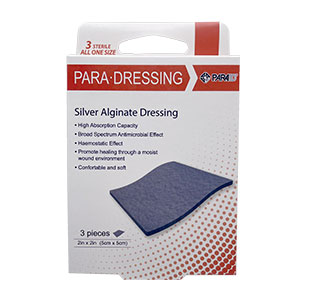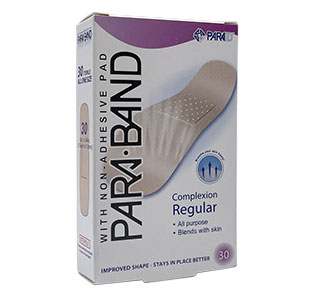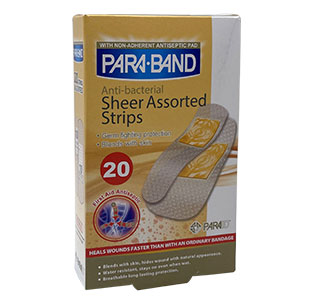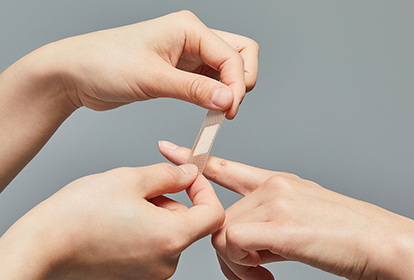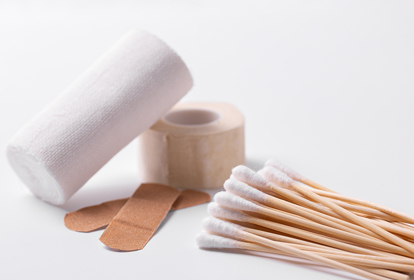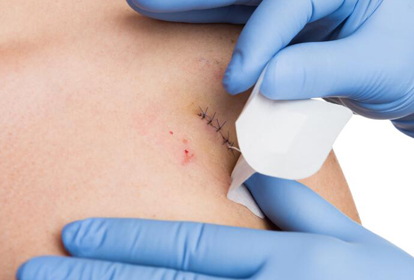When it comes to treating minor wounds, cuts, or scrapes, the humble Bandaid is often the first line of defense. However, not all Bandaids are created equal, and choosing the right size is crucial for effective wound care. An appropriately sized Bandaid not only covers the wound adequately to protect it from infection and further injury but also ensures comfort and flexibility during the healing process. This guide delves into the varied world of Bandaid sizes, demystified through a comprehensive 'Bandaid Size Chart'. Understanding the different dimensions and types of Bandaids available is essential, whether you're stocking a home first aid kit or managing minor injuries. By familiarizing yourself with the options outlined in the 'Bandaid Size Chart', you can ensure optimal care for those small yet significant injuries that life invariably throws our way.
Bandaid Size Comparison Chart
| Bandaid Type | Size (inches) | Typical Uses |
|---|
| Standard Strip | 1" x 3" | General purpose for cuts and scrapes |
| Small Strip | 3/4" x 3" | Smaller wounds, ideal for children |
| Junior | 5/8" x 2 1/4" | Tiny cuts, suitable for delicate areas |
| Butterfly Large | 1/2" x 2 3/4" | Closing open wounds, similar to stitches |
| Butterfly | 3/8" x 1 3/4" | Smaller wounds needing secure closure |
| Knuckle | 1 1/2" x 3" | Cuts and scrapes on knuckles |
| Fingertip Large | 1 3/4" x 3" | Larger wounds on fingertips |
| Fingertip Small | 1 3/4" x 2" | Smaller wounds on fingertips |
| Spot | 7/8" round/square | Covering injection sites, small cuts |
| Patch | 2" x 3" | Larger cuts, more coverage needed |
| Large Patch | 2" x 4" | Very large wounds, extensive coverage |
| Extra Large Patch | 3" x 4" | Maximum coverage for large injuries |
The Essentials of Bandaid Sizes
Understanding Different Sizes and Their Uses
Discuss the significance of selecting the appropriate size for different types of injuries. Explain how small Bandaids are suitable for minor cuts or blisters, particularly on fingers or toes, due to their compact design. Elaborate on medium-sized Bandaids, highlighting their versatility for cuts on hands, arms, legs, or other body parts. Finally, describe large and extra-large Bandaids, emphasizing their use for more significant wounds like burns or deeper cuts, offering extensive coverage and protection. For various sizes, consider bulk band aids which offer a range of dimensions for different needs.
Specialized Sizes: Junior and Finger Bandaids
Junior-sized Bandaids, designed for children's delicate skin, provide optimal coverage while being gentle. Explain their smaller size and the importance of using the right Bandaid for children's minor injuries. Finger Bandaids, with their unique shape, are tailored to fit the contours of fingers, offering excellent flexibility and coverage. Describe how these specialized shapes ensure better adhesion and comfort during movement. For specific applications, hospital bandages and custom band aids can offer unique solutions.
Material Matters: Fabric, Plastic, and More
Compare the different materials used in Bandaids: fabric, plastic, foam, and Tricot. Fabric Bandaids offer flexibility and are comfortable, but are not ideal for wet conditions. Plastic Bandaids are common and repel water effectively but may be less comfortable. Foam Bandaids provide a balance of comfort and durability, suitable for both wet and dry conditions. Tricot Bandaids, typically used in commercial settings, offer strength and durability. For specific needs, flexible fabric bandages in bulk provide an excellent option.
Advanced Bandaid Features and Selection Tips
Innovations in Bandaid Features
Delve into the advanced features of modern Bandaids. Explain the 4-sided seal, emphasizing its role in preventing dirt entry and enhancing protection. Discuss Bandaids with antiseptic or antibiotic properties, highlighting how they prevent infection and ease the removal process. For sensitive skin options, focusing on special adhesives used and their benefits for people with allergies or sensitive skin, explore products from custom band aid manufacturers. Address the inclusivity aspect by mentioning Bandaids in various skin tones, catering to a diverse population.
Types of Bandaids
Describe different Bandaid types, such as waterproof, heavy-duty, and elastic. Waterproof Bandaids are ideal for damp conditions and feature materials and adhesives resistant to water. For heavy-duty needs, consider our bulk plastic adhesive bandage strips. Elastic or flexible Bandaids are perfect for body areas that require extra flexibility, such as joints—learn how to put a bandage on a knuckle for optimal results. Also, mention blue food service Bandaids, designed for the food industry with their high visibility and metal-detectable features.
Choosing the Right Bandaid
Offer practical advice on selecting the right Bandaid. Encourage readers to consider the type of wound, skin sensitivity, and environmental factors when choosing a Bandaid. Assessing wound size and location for the best fit and protection is crucial; use our band aid size chart to find the right size. Emphasize the importance of comfort and avoiding skin irritation, especially for long-term wear. In situations where specialized Bandaids are necessary, such as waterproof or heavy-duty types, browse our bulk adhesive bandages. For securing bandages, our clear adhesive tape for skin is an excellent option.
FAQs Section
Q1: What is the standard size of a Bandaid?
The standard Bandaid size is typically 1" x 3". This size is versatile and suitable for covering a range of minor cuts, scrapes, and burns, providing adequate protection while being compact enough for convenient use.
Q2: Are there Bandaids for sensitive skin?
Yes, there are Bandaids designed specifically for sensitive skin. These Bandaids use gentler adhesives to minimize discomfort upon removal and reduce the risk of skin irritation. They are ideal for individuals with allergies to standard adhesive materials or those with delicate skin.
Q3: How to choose the right Bandaid for a specific wound?
To choose the right Bandaid, consider the wound's size and location. Use smaller Bandaids for minor cuts and larger ones for bigger wounds. For joints or areas that move frequently, opt for flexible or elastic Bandaids. If the wound is exposed to water, a waterproof Bandaid would be more suitable.
Q4: Are there waterproof Bandaids available?
Yes, waterproof Bandaids are available and are designed to protect wounds even in wet conditions. These Bandaids are made with water-resistant materials and adhesives, ensuring the wound stays dry and protected during activities like swimming, bathing, or in rainy weather.
Q5: What are the benefits of fabric Bandaids?
Fabric Bandaids offer flexibility and comfort. They are made from soft, breathable materials that conform to the body's contours, making them ideal for wounds on areas that move or bend. Fabric Bandaids are especially useful for long-term wear, as they are less likely to cause skin irritation compared to plastic Bandaids.
Recommend Reading:
Occlusive vs. Non-occlusive Dressings
Allergic to Adhesive Bandages? Here's What to Do
Do First Aid Kits Expire? Understanding the Shelf Life of your Emergency Supplies
How to Remove Medical Tape Residue from Skin?
How to open hospital ice bag?
 English
English
